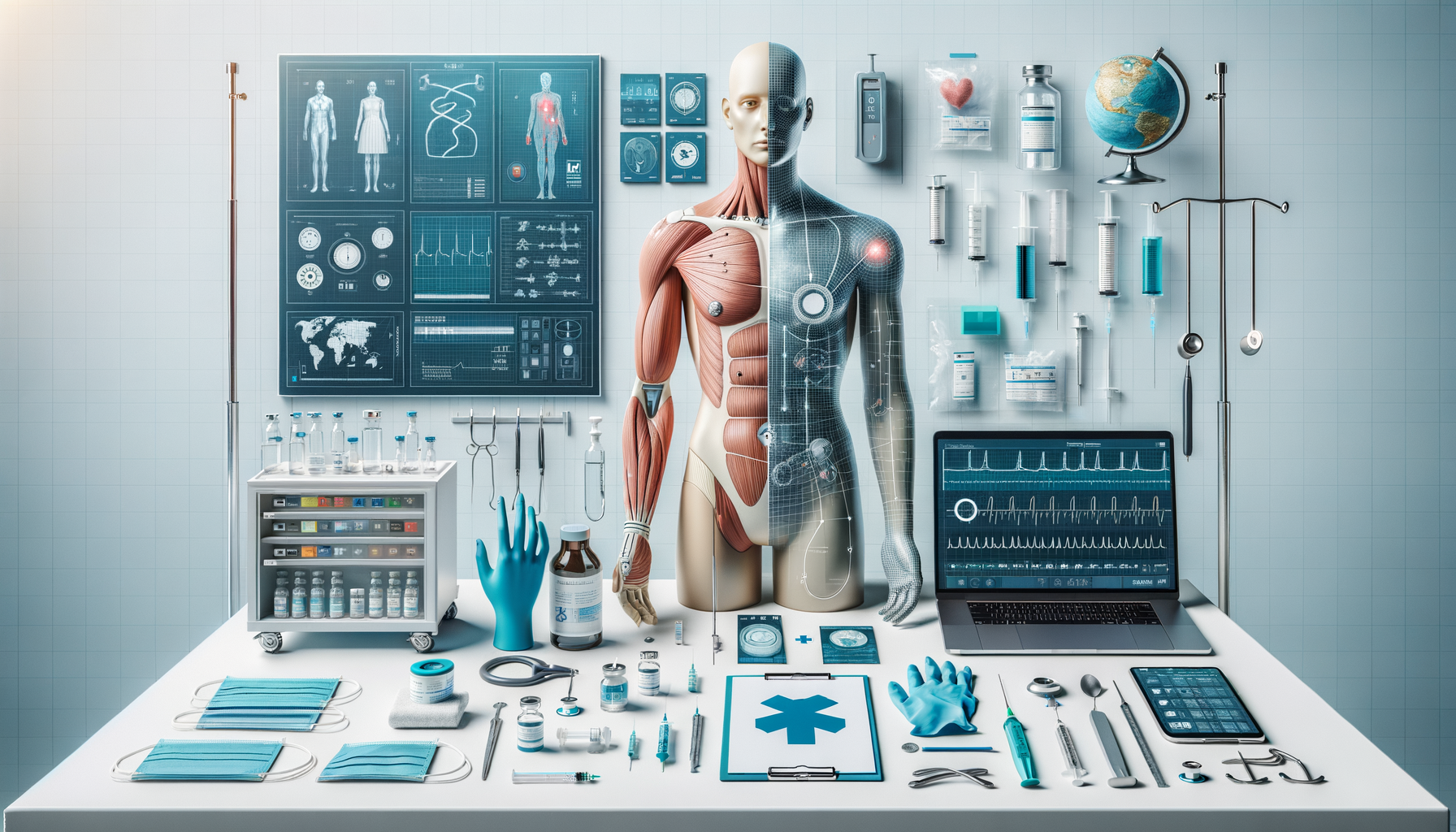
Exploring the Path to Medical Training: A Comprehensive Guide
The Journey of Medical Training: An Overview
Medical training is a demanding yet fulfilling path that prepares individuals to become healthcare professionals. It involves a blend of theoretical knowledge and practical skills, acquired over several years of rigorous education and training. The journey typically begins with undergraduate studies in a relevant field, followed by medical school, residency, and often further specialization. Each stage is designed to build upon the last, ensuring that future doctors are well-versed in both the science and the art of medicine.
One of the unique aspects of medical training is its focus on lifelong learning. Even after formal training is complete, medical professionals are expected to stay abreast of new research, technologies, and treatments. This commitment to continuous education ensures that they can provide the highest standard of care to their patients. Additionally, medical training is not just about acquiring technical skills; it also emphasizes the development of critical thinking, ethical decision-making, and empathy, which are crucial for patient care.
The structure of medical training can vary significantly across countries, with each system having its own set of requirements and pathways. However, the core principles remain the same: to equip aspiring doctors with the knowledge and skills necessary to diagnose, treat, and prevent illness. As such, medical training is both a personal and professional journey, requiring dedication, resilience, and a genuine passion for helping others.
Key Components of Medical Education
Medical education is composed of several critical components, each designed to impart essential knowledge and skills. The foundational stage is typically a pre-medical or undergraduate program, where students gain a broad understanding of the sciences, including biology, chemistry, and physics. This stage sets the groundwork for more advanced studies in medical school.
Medical school is the next phase, usually lasting four years, where students delve into the intricacies of human anatomy, physiology, pathology, and pharmacology. This period is divided into two parts: the first two years are often classroom-based, focusing on theoretical knowledge, while the latter two years involve clinical rotations. During these rotations, students gain hands-on experience in various medical specialties, such as internal medicine, surgery, pediatrics, and psychiatry.
Following medical school, graduates enter a residency program, which provides in-depth training in a chosen specialty. This phase can last anywhere from three to seven years, depending on the specialty. Residency is an intensive period where trainees work under the supervision of experienced doctors, honing their skills and gaining practical experience. For those seeking further specialization, fellowship programs offer additional training in sub-specialties, such as cardiology or oncology.
Throughout their education, medical students are also trained in communication, professionalism, and ethical practices. These skills are crucial for patient interactions and for navigating the complex moral dilemmas that often arise in healthcare settings. By the end of their training, medical professionals are well-equipped to provide comprehensive and compassionate care to their patients.
Challenges and Rewards of Medical Training
Embarking on the path of medical training is not without its challenges. The journey is long and demanding, requiring significant time, effort, and financial investment. Medical students often face rigorous coursework, high-stakes examinations, and the pressure to perform well in clinical settings. Balancing these demands with personal life can be challenging, leading to stress and burnout for some.
Despite these challenges, the rewards of medical training are profound. The opportunity to make a tangible difference in people’s lives is a powerful motivator for many aspiring doctors. The skills and knowledge gained during training enable healthcare professionals to diagnose illnesses, relieve suffering, and save lives. Moreover, the field of medicine offers diverse career opportunities, from clinical practice to research and academia, allowing individuals to find their niche and pursue their passions.
Medical training also fosters a sense of camaraderie and teamwork. Students and residents often work closely with peers and mentors, forming lasting relationships and support networks. These connections are invaluable, providing guidance and encouragement throughout the training process and beyond.
In conclusion, while the path to becoming a doctor is challenging, it is also immensely rewarding. The skills and experiences gained during medical training prepare individuals to make a meaningful impact in the world of healthcare, providing care and hope to those in need.


